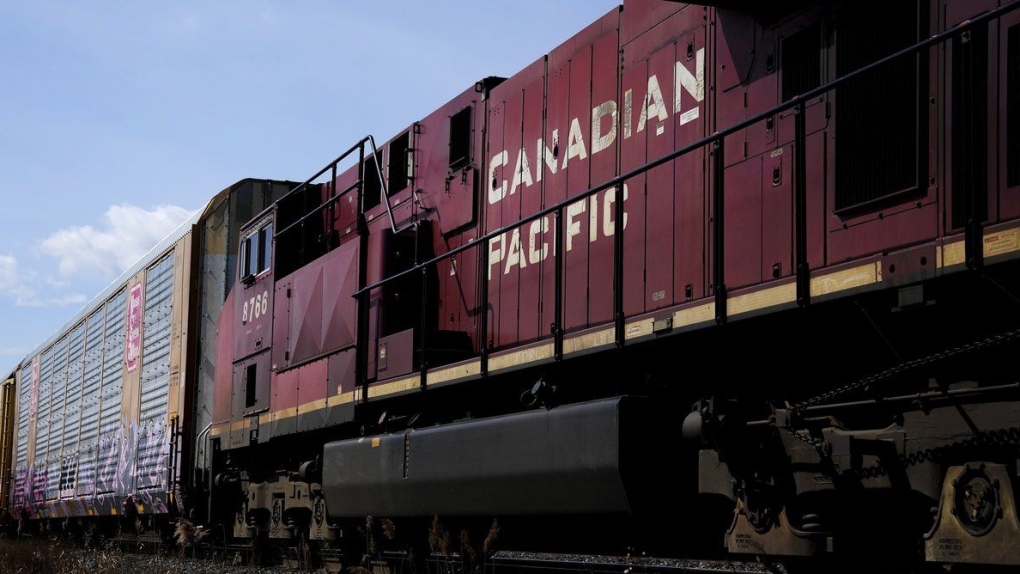The impact of the shrinking ozone hole on Antarctic species is explored in a recent study, revealing significant consequences for the region's biota. As the ozone hole diminishes, there is a noticeable reduction in snow and ice cover across Antarctica, a habitat upon which many species rely.
Among the study's key findings is the effect on Antarctic krill, a crucial species in the ecosystem. These tiny crustaceans are fundamental to the food chain, providing essential nutrition for various species, including whales, seals, and penguins. With less snow and ice cover available, the habitat for krill is shrinking, posing challenges for their survival and reproductive success.
Climate change is also leading to a shift in the distribution of marine predators like seals and whales. As ocean temperatures rise, these predators are migrating further south in search of colder waters, potentially disrupting the delicate balance of the ecosystem and bringing them into conflict with native species.
Additionally, Antarctic species face increased competition from invasive species due to warmer temperatures. This allows invasive grasses and insects to establish themselves, outcompeting native species for resources and habitat.
Furthermore, climate change is affecting the availability of food sources for many Antarctic species. Warming temperatures are altering the distribution and abundance of plankton, a vital food source for marine animals in the region. This disruption in the food chain can have cascading effects on the entire ecosystem, leading to declines in key species populations.
Perhaps most concerning is the potential for irreversible damage to Antarctic ecosystems as temperatures continue to rise and ice continues to melt. There is a risk of reaching tipping points where ecosystems collapse, and species are unable to adapt, with devastating consequences for global biodiversity and ecosystem functioning.
Despite these challenges, there is hope for the future of Antarctic species through conservation efforts such as protected areas and fisheries management. International cooperation is crucial in addressing the root causes of climate change and reducing greenhouse gas emissions to slow the rate of warming.
Ultimately, the fate of Antarctic biota hinges on collective action to address climate change and protect the planet. By working together to implement meaningful changes, we can ensure a sustainable future for Antarctica and its unique wildlife.









 English (US)
English (US)